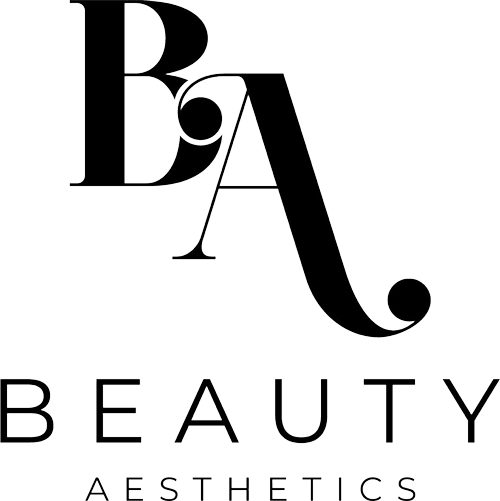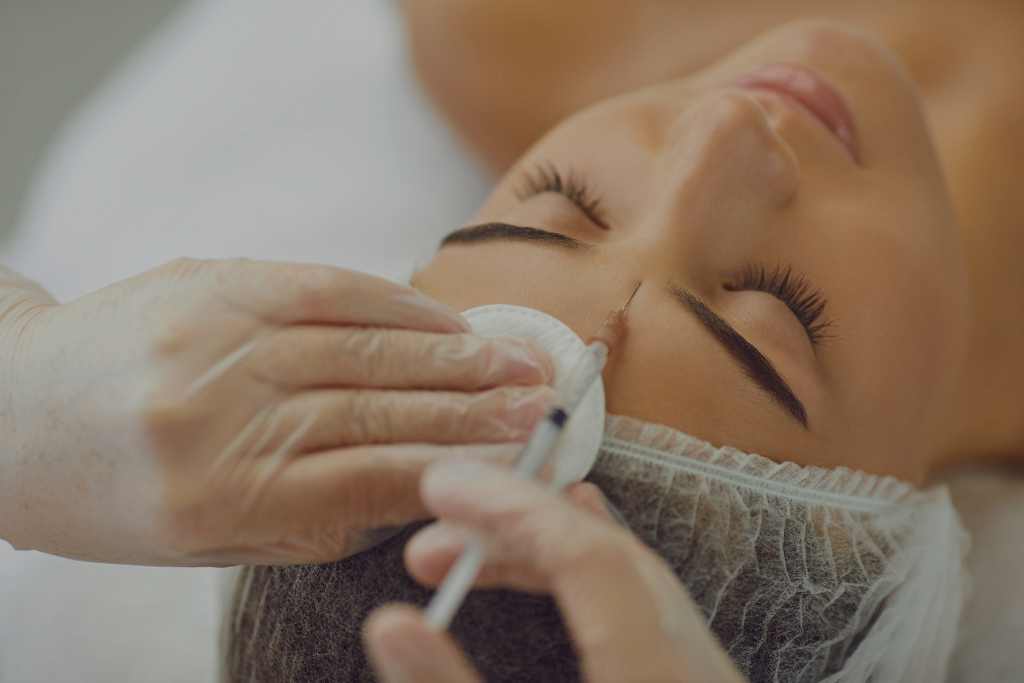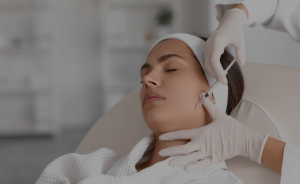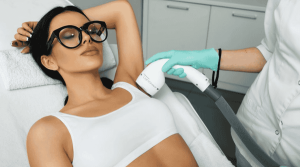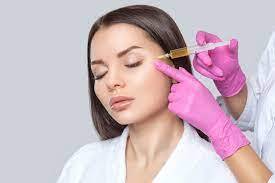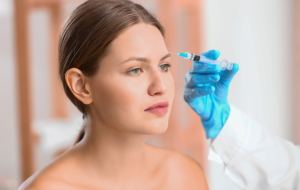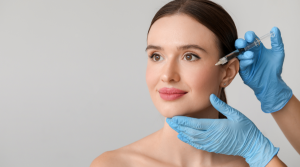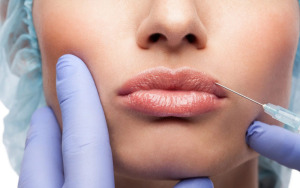Introduction
When planning your beauty treatments, timing is everything. Botox has become one of the most popular cosmetic procedures for achieving a youthful appearance and reducing facial wrinkles. However, many patients aren’t aware that certain treatments—particularly facials—should be avoided immediately after Botox injections. At Beauty Aesthetics, Toronto, we understand the importance of proper care following injectable treatments to maximize results and minimize complications. This comprehensive guide will explore why scheduling matters when it comes to Botox and facials, the science behind the recommendation, and how to plan your treatment timeline for optimal results and skin health.
Understanding Botox: The Basics
What is Botox?
Botox is a prescription medicine derived from botulinum toxin type-A, produced by the bacterium Clostridium botulinum. As an FDA-approved treatment and approved by Health Canada, it temporarily reduces muscle contraction in targeted areas, leading to smoother skin and diminished appearance of wrinkles. This popular treatment works by blocking nerve signals that cause muscle activity, effectively relaxing the facial muscles responsible for creating dynamic wrinkles.
How Botox Works
When injected into facial muscles, Botox functions as a muscle relaxant by preventing the release of acetylcholine, a neurotransmitter responsible for muscle contraction. This relaxation of muscle spasms helps smooth dynamic wrinkles—those lines that appear when you make expressions. Common treatment areas include forehead lines, glabellar lines (frown lines between eyebrows), horizontal lines across the forehead, the corners of the mouth (6 to 12 units typically required), and chin dimples caused by muscle tension. By carefully targeting specific muscles, Botox can create a more refreshed, youthful appearance without affecting your ability to express emotions naturally.
The Science Behind Post-Botox Care
Critical Settlement Period
After Botox injections, the botulinum toxins need approximately 24-48 hours to properly bind to nerve receptors in the treatment area. During this time, the botulinum toxin injection is actively attaching to nerve endings and beginning its work of preventing muscle contraction. This initial phase is crucial for achieving optimal results from your treatment, as any disruption during this period can potentially affect how well the Botox settles into the targeted muscles and how effectively it works to reduce the appearance of wrinkles.
Spread of Toxin Effect
One of the primary reasons to avoid facials after Botox is the risk of toxin migration. Massage, pressure, and manipulation of facial structures can potentially cause the Botox to spread beyond the intended treatment area, leading to unwanted toxin effects in adjacent muscles. This spread can result in complications such as muscle weakness in areas where it wasn’t intended, potentially affecting your facial expressions or even causing functional issues like difficulty with mouth movements or temporary drooping in certain facial features.
Why Facials and Botox Don’t Mix Immediately
Physical Manipulation Concerns
During a facial, estheticians apply various levels of pressure to the skin and underlying tissues. This pressure can potentially displace recently injected Botox, affecting its precise placement and potentially causing weakness of forehead muscles beyond the target area, unintended effects on surrounding muscles, or asymmetrical results. The manipulation involved in most facial treatments directly contradicts the post-Botox advice to avoid touching or massaging the treated areas, making these two treatments incompatible when scheduled too closely together.
Heat and Botox
Many facial procedures include steam treatments, warming masks, and hot towel applications. Heat increases blood flow and can potentially cause the botulinum toxin products to diffuse beyond the injected area, leading to reduced effectiveness in target areas and potential complications in adjacent areas. The vasodilation (widening of blood vessels) that occurs with heat exposure can accelerate the movement of the toxin through tissues, potentially diminishing the concentration at the intended treatment sites and causing unwanted effects elsewhere.
Product Interactions
Facials typically involve the application of exfoliants, serums, masks, and moisturizers. Some ingredients in these products might interact with freshly administered Botox, potentially irritating the injection sites, creating inflammatory reactions, increasing the risk of infection, or interfering with the settling of the toxin. Chemical peels, in particular, can be problematic after Botox as they can cause significant irritation and potentially disrupt the placement of the botulinum toxin through increased circulation and tissue manipulation.
The Timing Question: How Long Should You Wait?
Minimum Waiting Period
Healthcare professionals generally recommend waiting at least 2-3 days after treatment before getting any facial treatments. However, for optimal results and safety, many doctors and aesthetic specialists suggest waiting 7-14 days after Botox injections before scheduling a facial. This allows complete binding of the toxin to the nerve receptors, initial improvements to become visible, injection sites to fully heal, and reduces the risk of complications. This waiting period is especially important for patients with sensitive skin or those with a history of allergies or allergic reactions to skincare products.
Potential Risks of Early Facials After Botox
Effectiveness Issues
Getting a facial too soon after Botox may lead to uneven distribution of the product, reduced duration of the desired effect, and less noticeable improvements at day 14 (when full results are typically assessed). The mechanical pressure and increased circulation from facial treatments can potentially disperse the botulinum toxin before it has fully bound to its target receptors, compromising the effectiveness of your Botox treatment and potentially requiring additional injections to achieve the desired results.
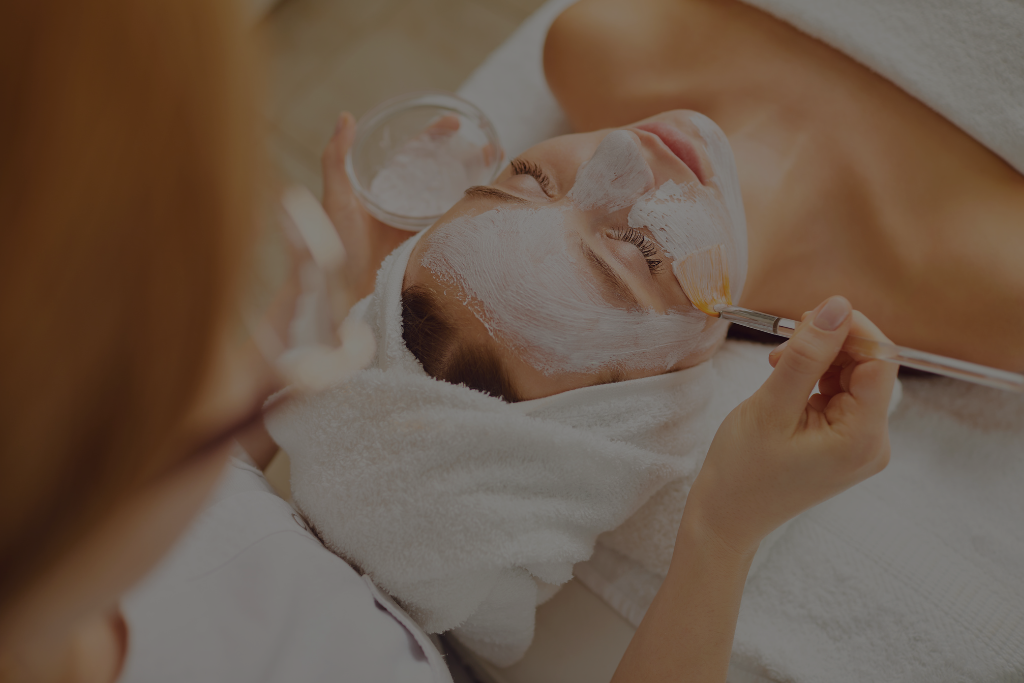
Physical Complications
Early facial manipulation may increase the likelihood of bruising at injection sites, swelling beyond normal post-treatment levels, headaches, and feeling faint or experiencing unusual pain. In rare cases, facial manipulation too soon after Botox might contribute to more concerning issues like spread of toxin to unintended areas, temporary facial asymmetry, blurred vision or visual disturbances, and even all-over muscle weakness (an extremely rare systemic effect). While serious adverse reactions are uncommon, they can be more likely when the standard post-treatment protocols are not followed.
Better Together: The Right Sequence
Optimal Treatment Planning
If you’re planning both treatments, consider scheduling your facial 1-2 weeks before your Botox appointment. This allows your skin to be in optimal condition for injections and ensures any irritation or inflammation from the facial will have resolved by the time you receive your Botox treatment. By properly sequencing these treatments, you can maximize the benefits of both while minimizing the risk of complications or reduced effectiveness.
Combining with Other Treatments
If you’re receiving multiple injectable treatments like Botox for dynamic wrinkles, hyaluronic acid fillers for volume restoration, and lip fillers for enhancement, your healthcare provider will create a treatment plan that properly sequences these procedures for safety and optimal results. Combining different cosmetic treatments requires careful planning to ensure each procedure enhances rather than interferes with the others, and a comprehensive approach will yield the best results for facial rejuvenation.
Alternative Facial Care After Botox
Gentle At-Home Care
While waiting to schedule a professional facial, you can use gentle cleansers that don’t require vigorous rubbing, apply recommended moisturizers with light, upward strokes, and use cold compresses (not hot) if permitted by your provider. Gentle skincare during this waiting period can help maintain skin health and address dry skin concerns without disrupting your Botox results.
Modified Facial Treatments
Some specialized “post-injectable” facials are designed specifically for patients who have recently received Botox. These typically avoid massage in treated areas, skip steam and heat components, use gentle, non-irritating products, and focus on hydration rather than stimulation. These modified treatments can provide the skin-nurturing benefits of a facial without the risks associated with traditional facial techniques in the post-Botox period.
Special Considerations
Medical Conditions
Patients with certain health considerations require extra care when planning Botox and subsequent treatments. Those with autoimmune disorders, history of allergic reactions or anaphylaxis, neurologic disease or conditions like lateral sclerosis, respiratory tract infections, or circulatory system disease should be particularly cautious about treatment timing and follow their healthcare provider’s advice strictly. These medical conditions can affect how the body responds to both Botox and facial treatments, potentially increasing the risk of complications.
Medication Interactions
Be especially cautious about timing if you’re taking nonsteroidal anti-inflammatory drugs, aspirin-like products, blood thinners, certain herbal supplements that affect blood flow or healing, or medications for conditions like cerebral palsy or urinary incontinence. These medications can potentially interact with Botox or affect healing following injections, making it even more important to allow adequate time between treatments.
Why Choose Beauty Aesthetics, Toronto
Our Expert Approach
At Beauty Aesthetics, we take pride in our comprehensive understanding of cosmetic procedures and their interactions. Our approach includes personalized treatment planning that carefully considers your medical history, aesthetic goals, treatment timeline, and previous experiences with cosmetic treatments. We recognize that each patient’s body responds differently to treatments, and we tailor our recommendations to your specific needs and health status.
Expert Staff
Our team includes qualified healthcare professionals with specialized training, experts in Botox Toronto administration and aftercare, and specialists who understand facial rejuvenation combinations. Our staff stays updated on the latest clinical trials and research regarding botulinum toxin products and complementary treatments, ensuring you receive care based on the most current medical knowledge and best practices.
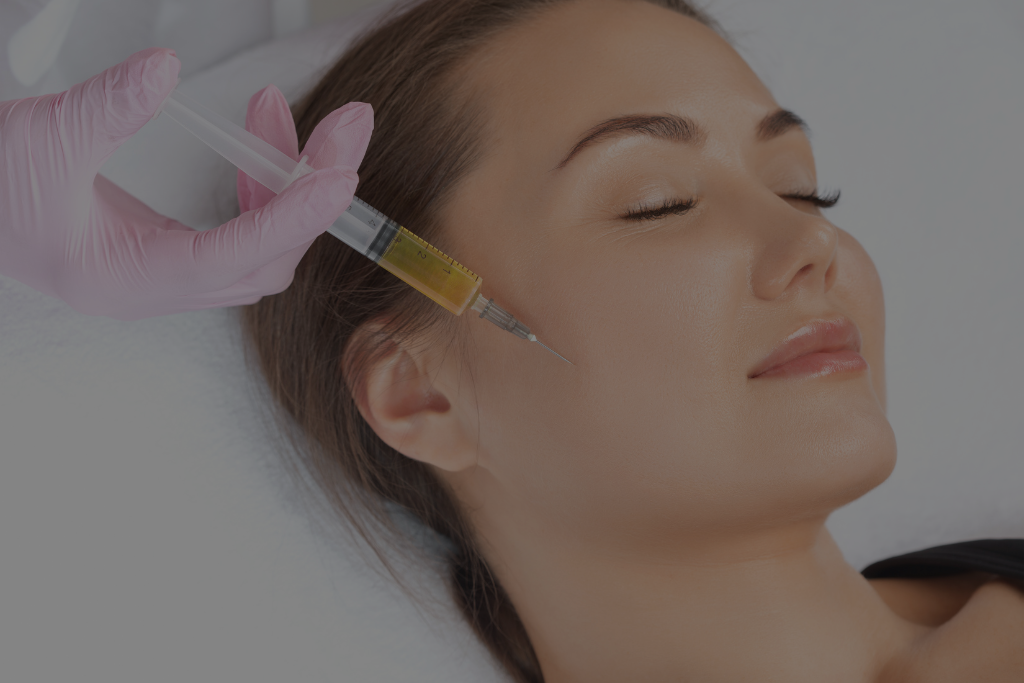
Quality Assurance
We commit to using only authentic botulinum toxin products, following the strictest safety protocols, and creating natural-looking results for improvement of facial lines, reduction of forehead wrinkles, and other aesthetic goals. Our clinic maintains rigorous standards for infection control, product handling, and administration techniques to minimize the risk of complications and ensure consistent, high-quality results.
Comprehensive Care
Our clinic offers detailed pre-treatment consultations, clear aftercare instructions, 24/7 support for any concerns about complications, and follow-up appointments to assess results. We believe that exceptional care extends beyond the treatment itself to include thorough preparation and attentive follow-up, creating a supportive environment for achieving your aesthetic goals safely and effectively.
Making the Right Choice
Questions to Ask Your Provider
Before scheduling treatments, discuss the ideal timing between Botox and facials, your specific risk factors based on medical history, alternatives to traditional facials during recovery, and the potential impact on the duration and effectiveness of your Botox. A knowledgeable provider will be able to address these concerns and help you develop a treatment plan that optimizes results while minimizing risks.
Red Flags to Watch For
Be cautious of any provider who dismisses concerns about treatment timing, doesn’t ask about your complete medical history, recommends aggressive treatments immediately after Botox, or cannot explain the risk of complications from improper timing. These warning signs may indicate a lack of understanding about the interaction between different cosmetic procedures or a prioritization of profit over patient safety and satisfaction.
Conclusion
While both Botox and facials can be valuable components of your facial rejuvenation routine, their timing matters significantly for safety and efficacy. At Beauty Aesthetics, Toronto, we recommend waiting at least 7-14 days after Botox before scheduling any facial treatment that involves pressure, massage, or heat. This waiting period ensures the botulinum toxin has fully settled into the targeted muscle, reducing the risk of migration and maximizing your results. By understanding the science behind these recommendations and planning your treatments strategically, you can enjoy the benefits of both procedures while maintaining optimal skin health and achieving your desired youthful appearance without unnecessary complications.
